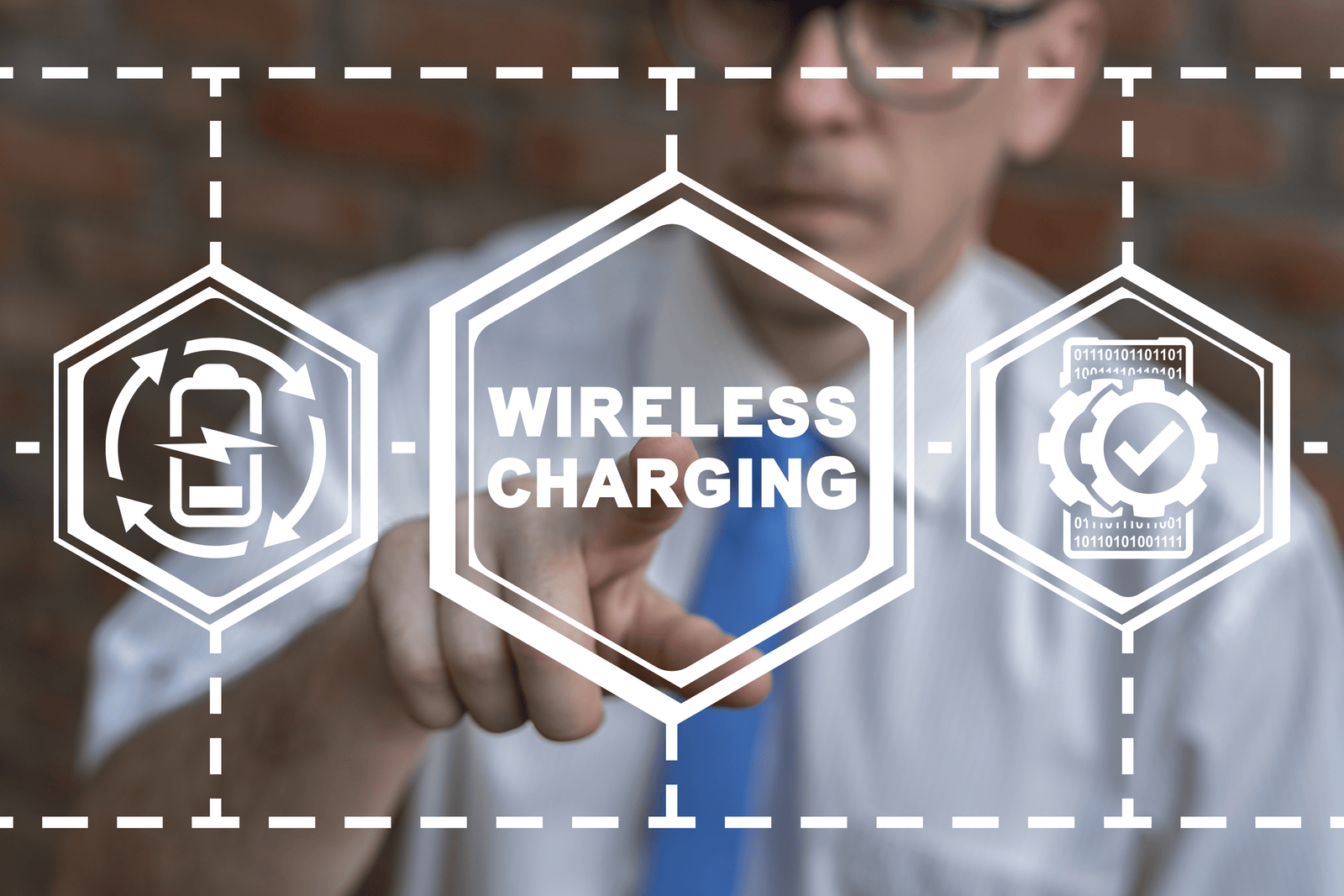
When observing market trends with regard to emergent technologies, we see that wirelessly chargeable devices represent nearly a third of global smartphone sales this year alone. This figure is guaranteed to grow even larger going forward, as more and more manufacturers equip their devices with wireless charging capabilities.
Numbers-wise, the figure is close to a billion right now and shows all signs that it could surpass 1.5 billion devices by the end of the decade. Presuming that the current Qi standard will maintain its widespread popularity, we could soon see a boom in Qi-ready devices that aren’t even smartphones or tablets.
In other words,your average Qi based wireless charger could soon enough be used for a wide range of uses that have nothing to do with phones whatsoever. This is owed to a nearly 30% global increase in Qi-ready devices, 5% of which being handheld devices, earphones, headsets, office appliances, and a variety of other household devices.
This might be the reason behind the seemingly sustained effort to come up with newer, more efficient wireless charging technologies. In an effort to make wireless charging more reliable, versatile, and accommodating, people are nowadays trying to shift focus from standard inductive charging to a more unconventional method to charge devices wirelessly.
One such attempt comes from the University of Washington where researchers are attempting to develop a system that uses lasers to wirelessly charge devices from a reasonably long distance. This system employs an assembly of lasers that hones in on the laser-activated receiver of any device placed a few meters away.
This way, the charger beam broadcasts a collimated light beam into a photovoltaic cell similar to a solar cell, which in turn reacts to the near-infrared beam and increases voltage as a result. The photovoltaic cell can be installed inside virtually any device that would accommodate it with almost no limitations to speak of.
Groundbreaking new tech
As far as laser technology goes, the concept of using it for wireless charging purposes is fairly new. In fact, this has only been theorized in the past, with no concrete evidence that it could actually work in a practical way (until now). So maybe the question here should be – how exactly does laser charging work?
First of all, the system employs a narrow, invisible beam coming from a laser emitter that delivers its charge to a receptor that could be anywhere from 1 to 5 meters away. The distance could of course be greater than 5 meters for a basic connection, but it’s unlikely that the charge being delivered would be all that stable.
This interesting system uses a thin power cell built into virtually any device that would accommodate it, which charges the device using power from the laser. Furthermore, this revolutionary system also incorporates a series of safety features to negate any of the potential issues that might arise from using near-infrared beams.
These safety features include a metal flat-plate heatsink on the device to dissipate excess heat from the laser and a reflector-based implement tasked with shutting off the laser if anyone should ever get between the laser emitter and the power cell. Needless to say, a great deal of consideration went into figuring out how to avoid second-hand infrared damage to any electronic device that might accidentally intersect.
Unlikea Qi based wireless charger that needs to maintain immediate proximity to the device that’s being charged, an infrared charger could theoretically deliver its charge from across the room. In other words, you would be able to simply lay your phone down on the table and have the charger begin charging it with just the push of a button.
We should point out however that as groundbreaking as the technology might seem, we’re still a fair bit away from seeing it fully integrated into next-generation smartphones. The main point of contention here is the peculiar nature of infrared beams and how they might negatively affect random household devices.
A matter of safety
From what we’ve seen so far, the age of infrared wireless charging might seem just around the corner, and yet, there are clear limitations for this particular technology as a whole. For instance, the charging beam is generated by a laser emitter configured to produce a focused beam in the near-infrared spectrum.
This, however, can interfere with a range of household appliances and electronic devices that rely on infrared communication and signaling. The workaround for this seems to be reliant on installing multiple retroreflectors around the photovoltaic cell that’s doing all the storing during the charging process.
Such a contraption would allow for the cell to send light back on the same path as the charge beam in the form of a harmless tube of light around the laser beam. This will effectively surround it like a forcefield of sorts, breaking the connection off within milliseconds if another object or beam interferes with the process.
So as far as safety goes, an infrared charger would still be somewhat safe, and yet, not exactlyas safe as a standard Qi based wireless charger. Going forward, however, the technology does show a lot of promise provided that its developers figure out how to incorporate it while minimizing its interference potential with respect to other infrared-based devices.
As impressive as infrared, long-range wireless charging might be, it seems that for the time being, the Qi standard is here to stay. A lot of work and resources were invested into its development and later integration, so it wouldn’t make too much sense, for now, to equip new devices with emergent charging systems, no matter how groundbreaking they might be.
Without a guarantee that infrared charging would long-term prove to outmatch the Qi standard in both utility and versatility, it remains no more than an interesting idea for the time being; an idea that we nonetheless expect to follow its course and evolve to the point where some manufacturers might actually consider using it for their flagship devices.






